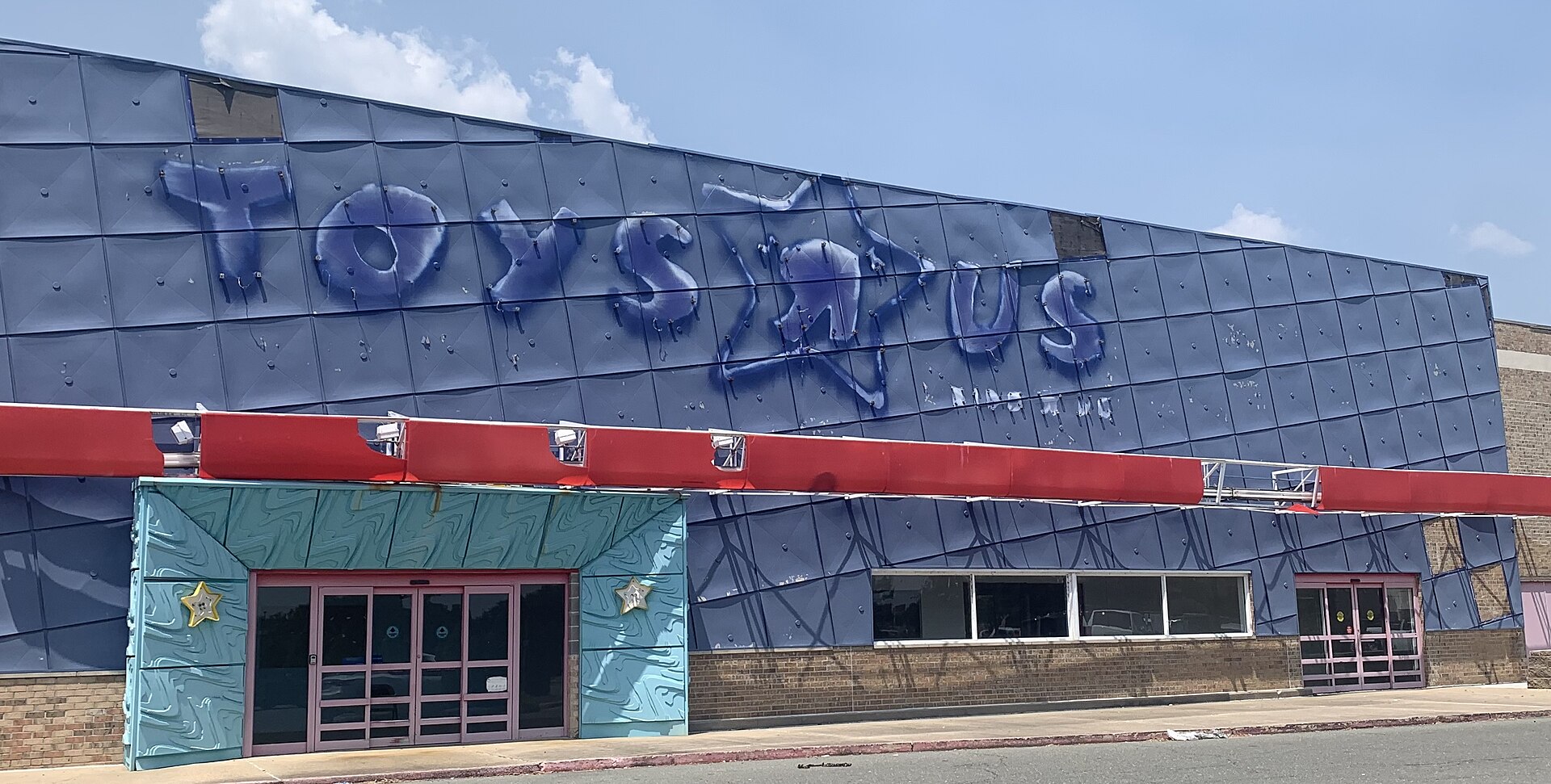 BBC News
BBC NewsBorrowing was £17.4bn last month, the second highest October figure since monthly records began in 1993.

Amazon has reshaped entire industries, from books to electronics to clothing. While many of these companies failed due to their own strategic missteps, there’s no denying that Amazon’s relentless efficiency, customer focus, and competitive pricing played a major role in their downfall. For every business that couldn’t keep up, Amazon only grew stronger, solidifying its place as one of the most disruptive forces in modern retail history.
1. Borders (1971 – 2011)
Borders was once a giant in the bookstore industry, known for its massive retail spaces and cozy reading areas. But when Amazon introduced online book sales and later the Kindle e-reader, Borders failed to adapt. Unlike Barnes & Noble, which scrambled to launch an e-book competitor, Borders outsourced its digital business to a third-party provider and never recovered. A former Borders executive later admitted, “We were too slow to see what Amazon was doing. By the time we realized, it was too late.”
2. Circuit City (1949 – 2009)
A household name in electronics retail, Circuit City was the go-to destination for televisions, computers, and appliances. However, as Amazon grew its tech marketplace with lower prices and free shipping, Circuit City struggled to compete. The company filed for bankruptcy in 2008. Many analysts believe its failure to embrace e-commerce sealed its fate. A former CEO commented, “Amazon changed the way people shop, and we didn’t change with them.”
3. Toys “R” Us (1948 – 2018)
The beloved toy store chain was a victim of both private equity mismanagement and Amazon’s dominance in the toy industry. In a fateful decision in 2000, Toys “R” Us signed a deal giving Amazon exclusive rights to sell its toys online, effectively handing over its digital future. When the deal ended, Amazon had already captured the toy market, leaving Toys “R” Us struggling. CEO David Brandon later said, “We made a deal with the devil, and it bit us.”
4. Sports Authority (1928 – 2016)
Sports Authority was a major player in the sporting goods industry, but its failure to build a strong e-commerce platform allowed Amazon to scoop up market share. Customers began favoring the convenience of online shopping over visiting big-box stores. In 2016, the company liquidated, with many former executives blaming Amazon’s aggressive pricing and fast shipping for their demise.
5. Blockbuster (1985 – 2010)
While Netflix gets most of the credit for toppling Blockbuster, Amazon played a significant role in shifting consumers toward digital entertainment. Amazon Prime Video and its early DVD sales business made it easier for people to rent and buy movies without stepping into a store. In 2008, Blockbuster’s CEO scoffed at streaming services, saying, “People will always want to browse for movies in person.” He was wrong, and Blockbuster filed for bankruptcy just two years later.
6. CompUSA (1984 – 2012)
Once a powerhouse in computer retail, CompUSA couldn’t keep up with Amazon’s rapid expansion in tech sales. Customers preferred Amazon’s vast selection and competitive prices over the in-store experience at CompUSA. Despite multiple attempts to revamp its business, including closing underperforming stores, the brand finally shut down in 2012. An insider admitted, “Amazon turned every customer into a price-checking expert, and we just couldn’t match them.”
7. American Apparel (1989 – 2017)
Known for its edgy marketing and ethically made clothing, American Apparel was a favorite among young consumers. However, as Amazon expanded its apparel business with lower-cost alternatives and faster shipping, American Apparel struggled to maintain its market share. Mounting debt and dwindling sales led to bankruptcy. Founder Dov Charney once said, “Amazon doesn’t care about fashion; they care about convenience. And that’s what wins.”
8. RadioShack (1921 – 2017, again in 2020)
RadioShack was once a tech tinkerer’s paradise, selling electronics components, gadgets, and accessories. But as Amazon made it easier to buy the same products online—often for less—RadioShack’s relevance faded. The company filed for bankruptcy twice, in 2015 and again in 2020. A former executive reflected, “Amazon took away our customer base one click at a time.
9. Payless ShoeSource (1956 – 2019)
Payless was a budget-friendly shoe retailer that once had thousands of locations. However, the rise of online shoe sales through Amazon and competitors like Zappos (which Amazon acquired) made it harder for Payless to attract customers. The convenience of shopping from home outweighed the appeal of Payless’ discount pricing. The company filed for bankruptcy in 2017 and again in 2019, closing all U.S. stores. “People just stopped coming in,” a former manager lamented.
10. Barnes & Noble College (1965 – 2023)
The college bookstore division of Barnes & Noble struggled to compete with Amazon’s dominance in textbook sales. Amazon offered students cheaper prices, digital alternatives, and fast shipping, undercutting traditional campus bookstores. As textbook sales dwindled, many universities opted to replace their bookstores with Amazon-powered alternatives. “Students want affordability, and Amazon delivers it,” an industry analyst noted. Barnes & Noble College was eventually acquired and merged into another company in 2023.